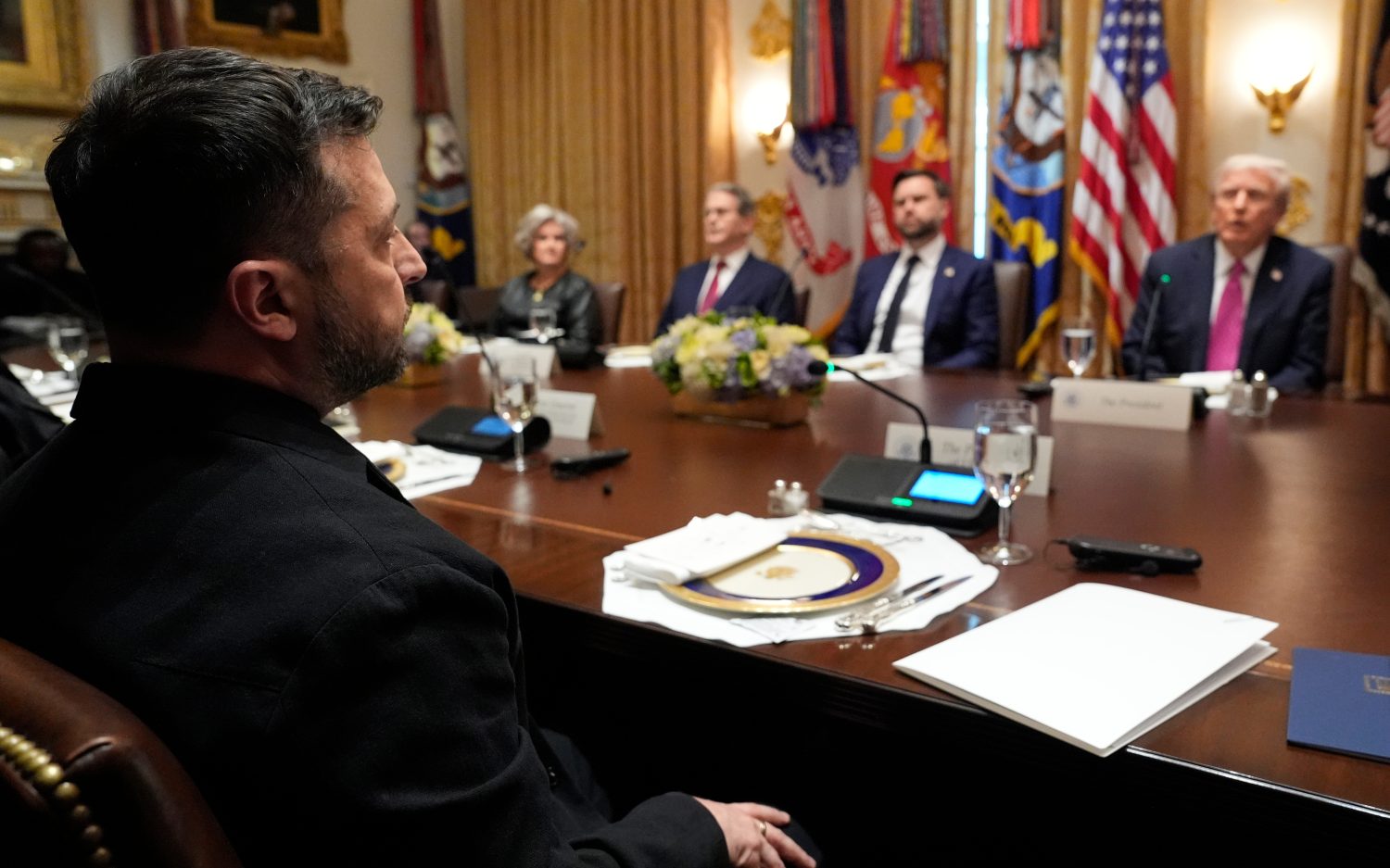Physics Nobel shared by U.S., Canada, and France
The Nobel Prize in physics was awarded Tuesday to an international trio of scientists for their work on lasers. American Arthur Ashkin of Bell Laboratories in New Jersey became the oldest Nobel laureate ever at age 96. Canadian Donna Strickland of the University of Waterloo is only the third woman to have won a Nobel Prize in physics—the last was Maria Goeppert-Mayer in 1963, and the other was Marie Curie in 1903. The third laureate in physics this year is Frenchman Gerard Mourou of the Ecole Polytechnique and the University of Michigan.
Sweden’s Royalty Academy of Sciences chooses the winners and described Ashkin’s development of “optical tweezers” that can capture particles like viruses without damaging them as “an old dream of science fiction—using the radiation pressure of light to move physical objects.” The tweezers are “extremely important for measuring small forces on individual molecules, small objects, and this has been very interesting in biology, to understand how things like muscle tissue work, what are the molecule motors behind the muscle tissue,” said David Haviland of the academy’s Nobel committee.
Strickland and Mourou helped develop laser pulses with broad industrial and medical applications, including eye surgery.
An actual newsletter worth subscribing to instead of just a collection of links. —Adam
Sign up to receive The Sift email newsletter each weekday morning for the latest headlines from WORLD’s breaking news team.





Please wait while we load the latest comments...
Comments
Please register, subscribe, or log in to comment on this article.